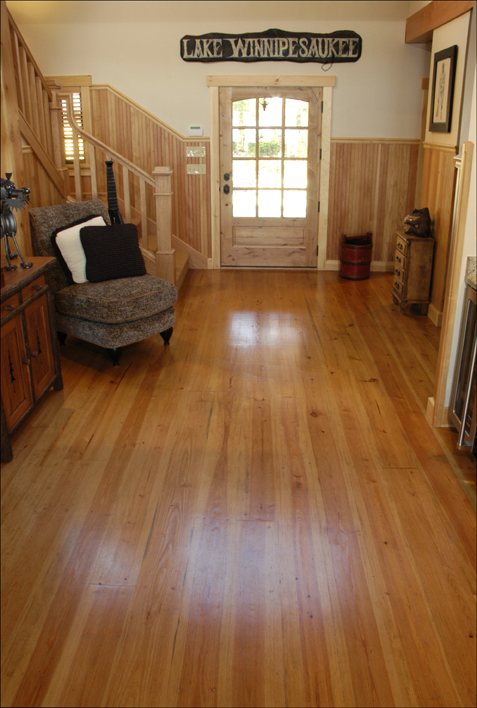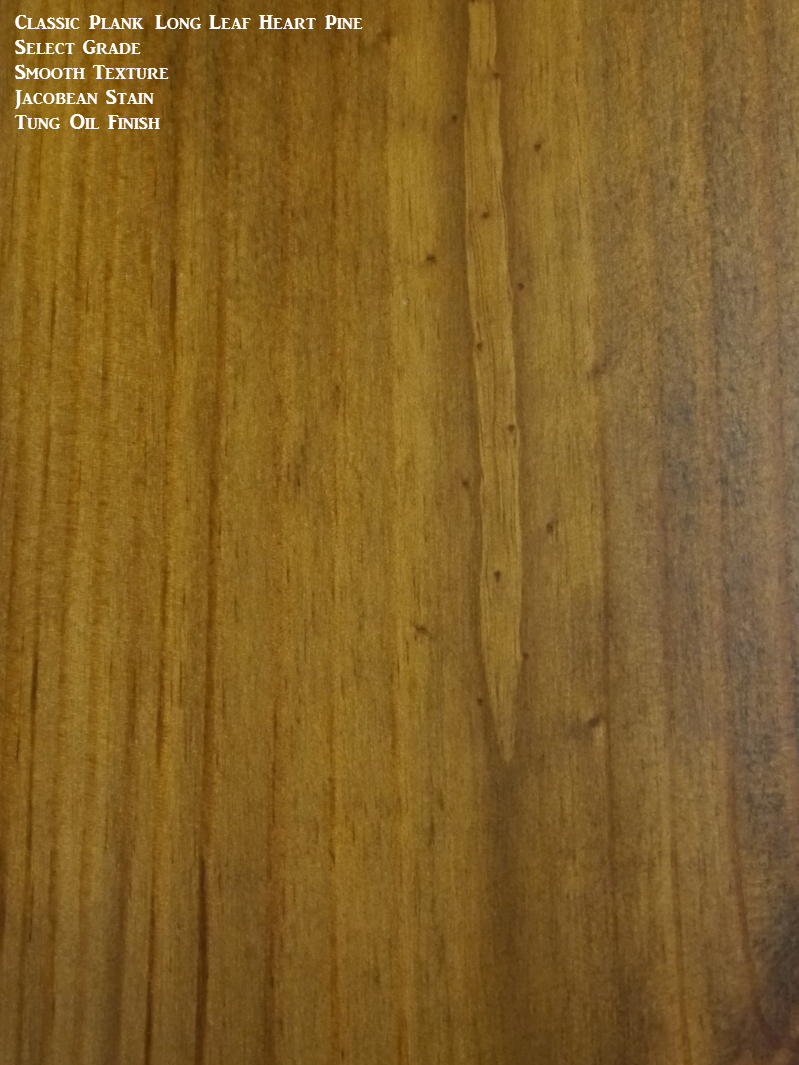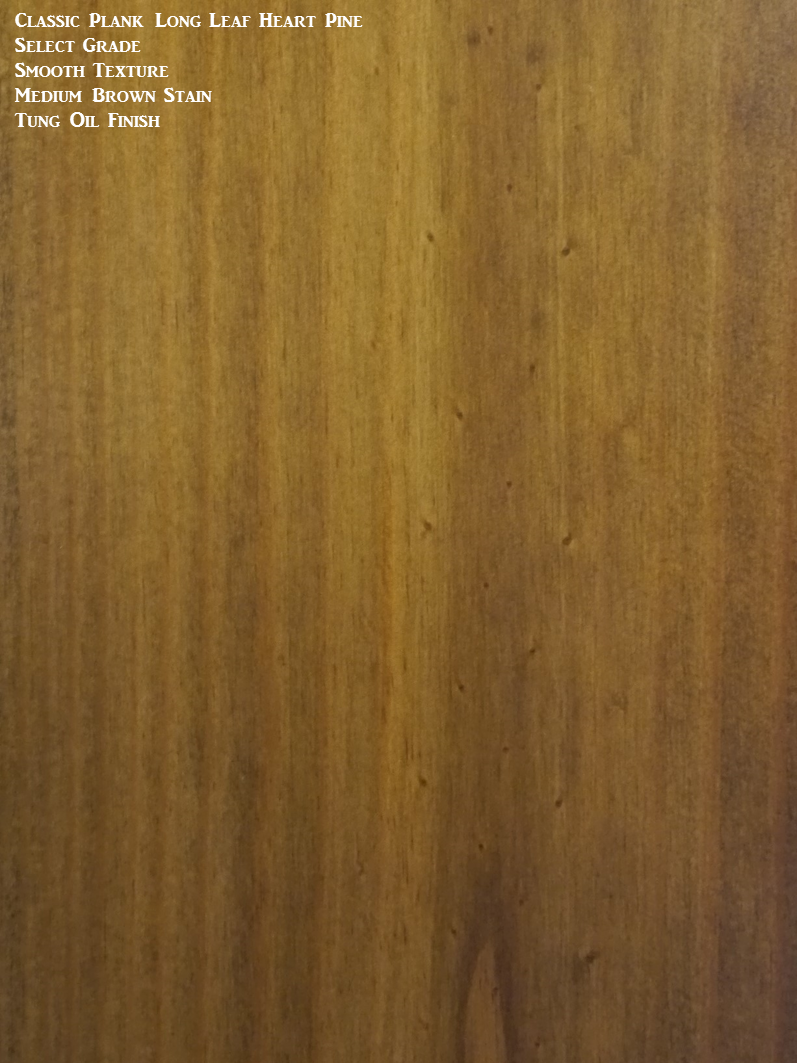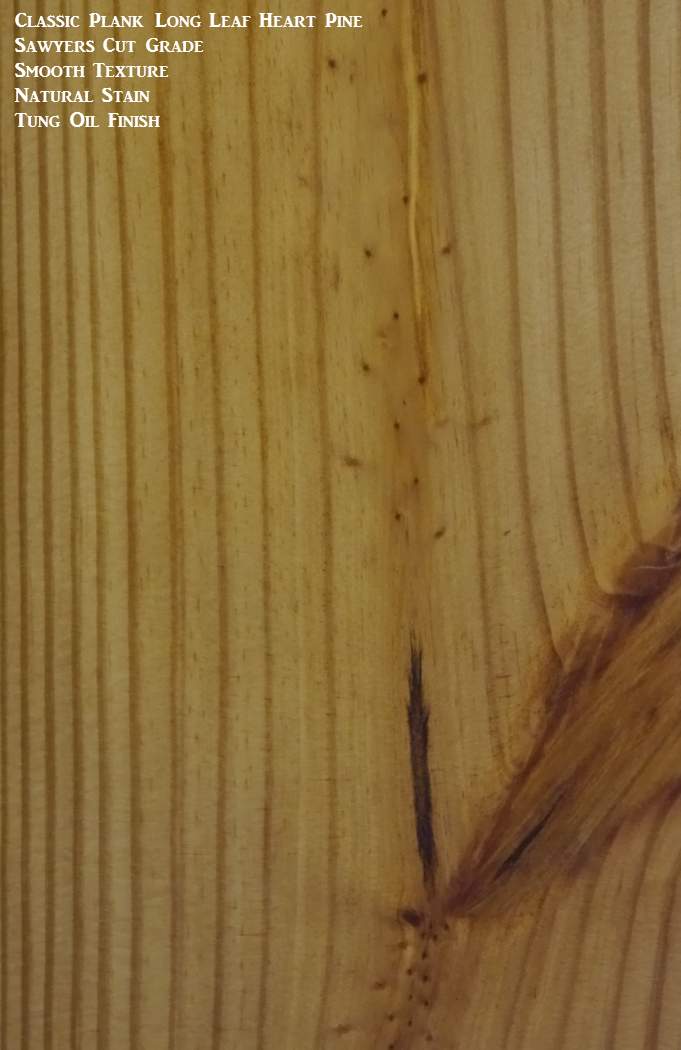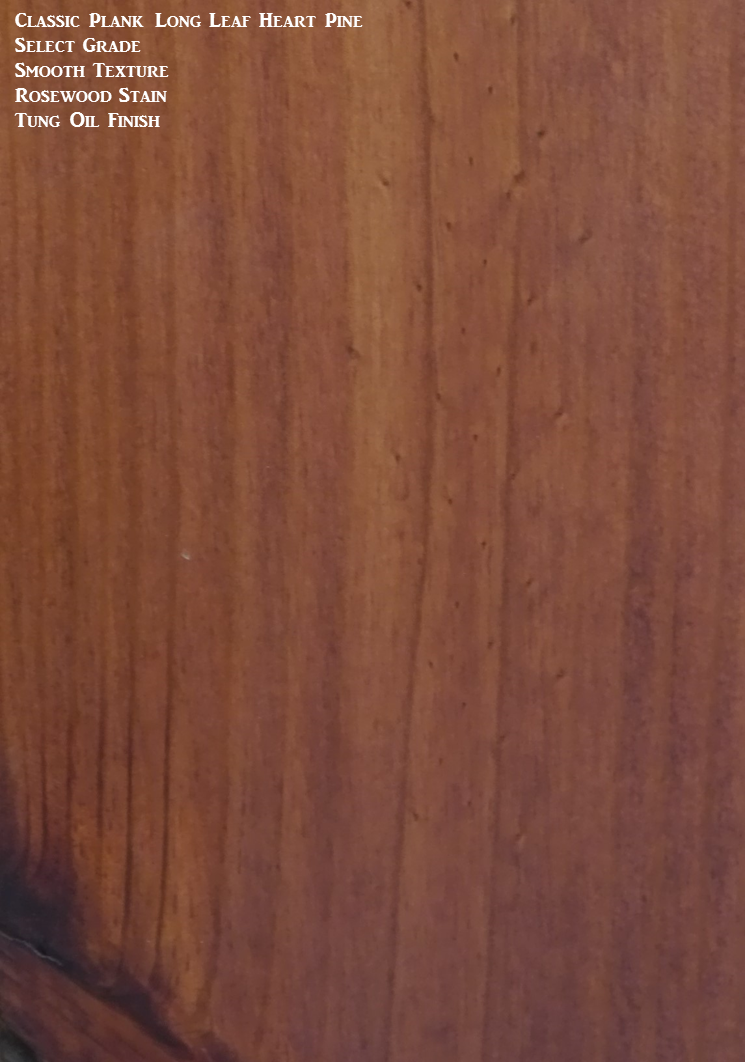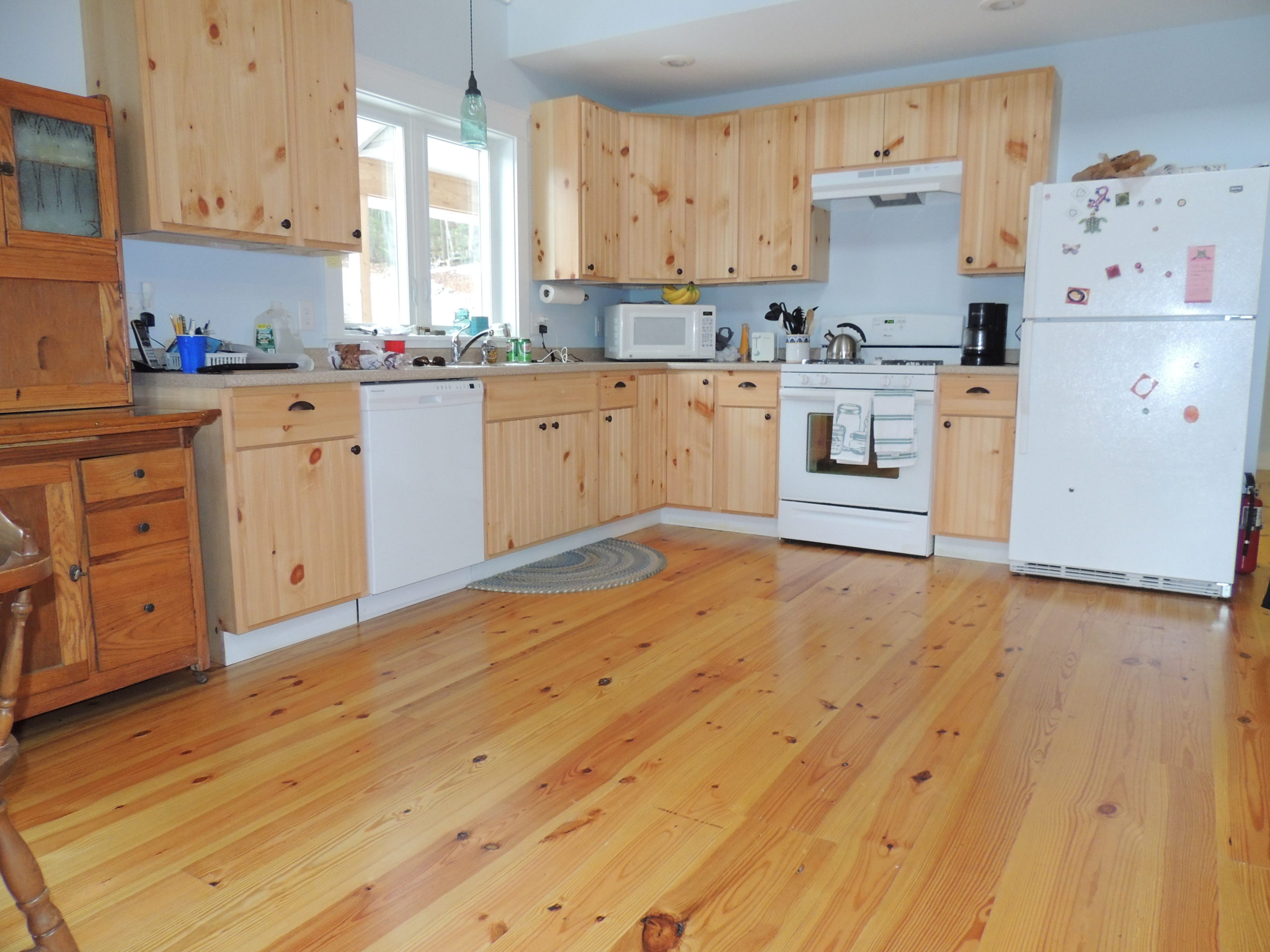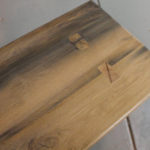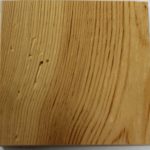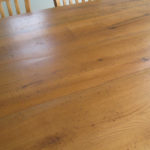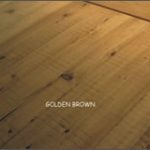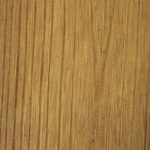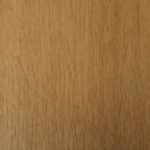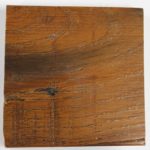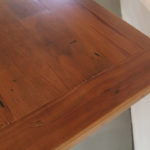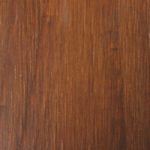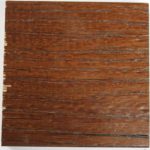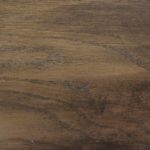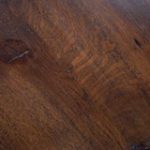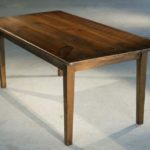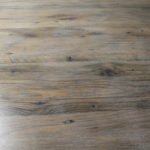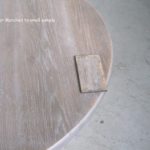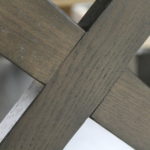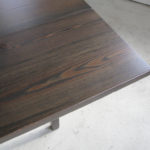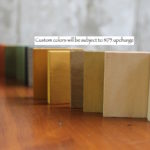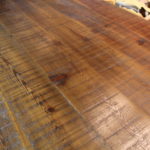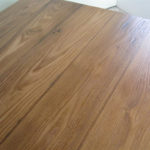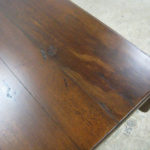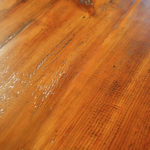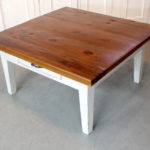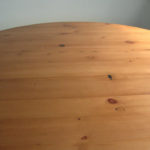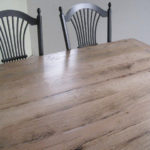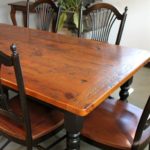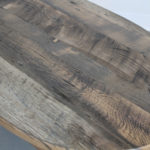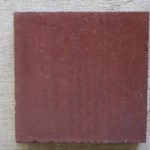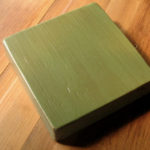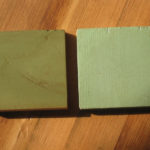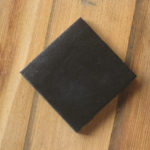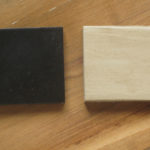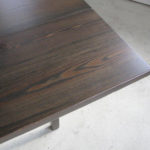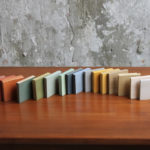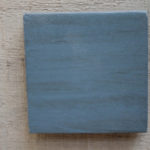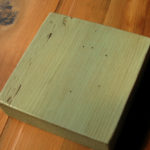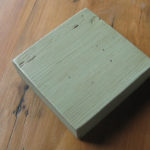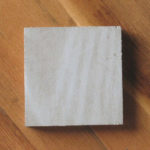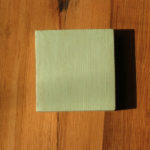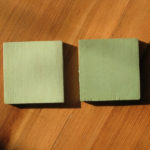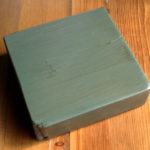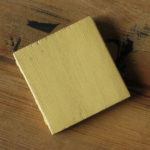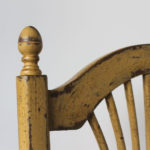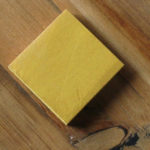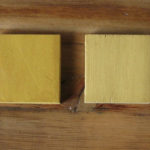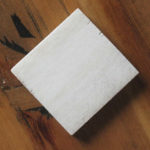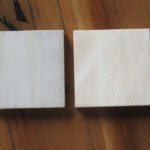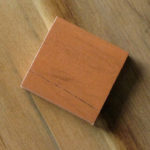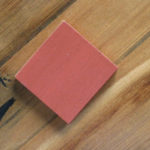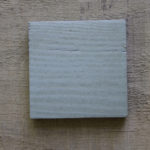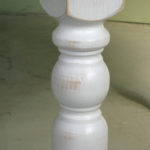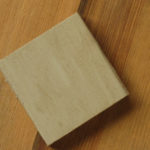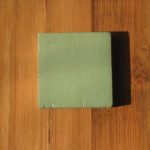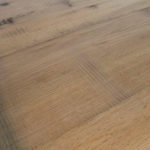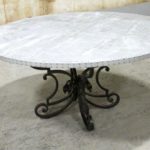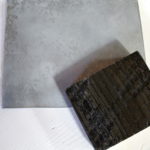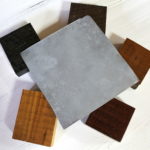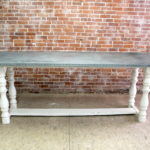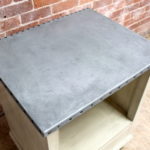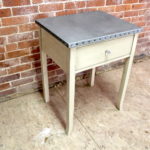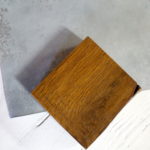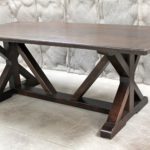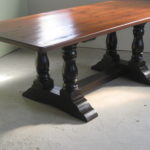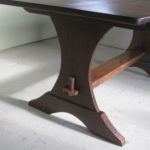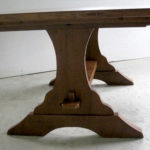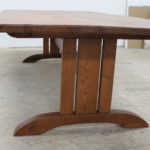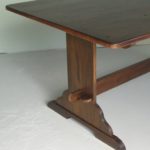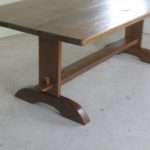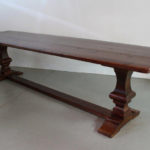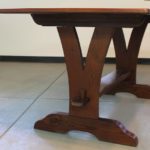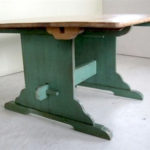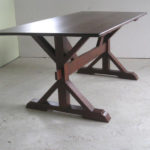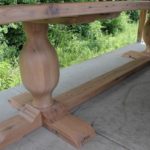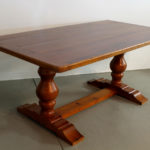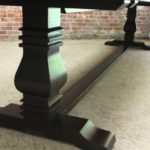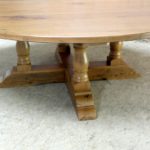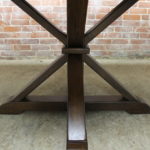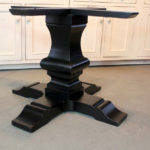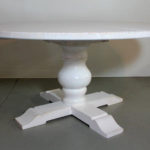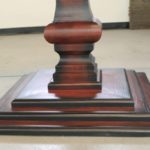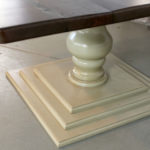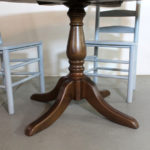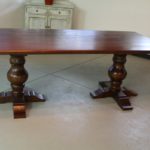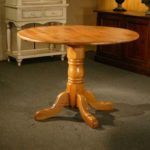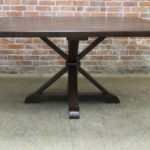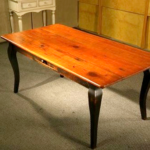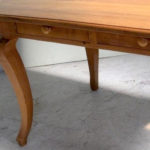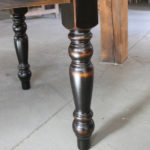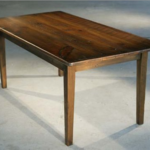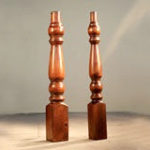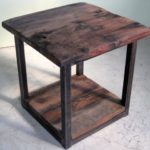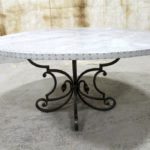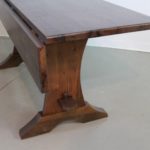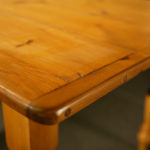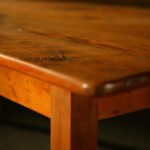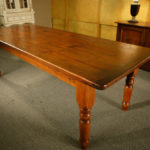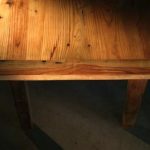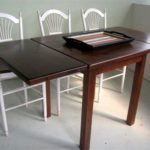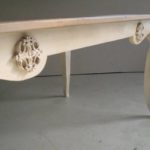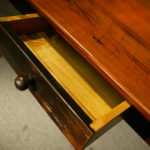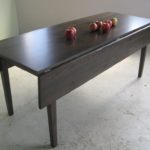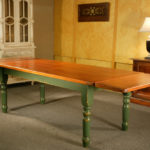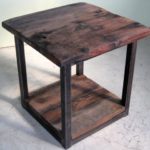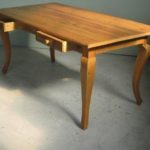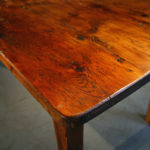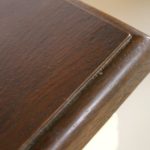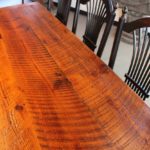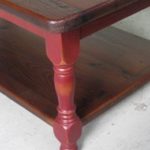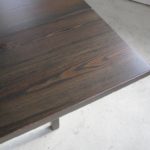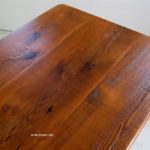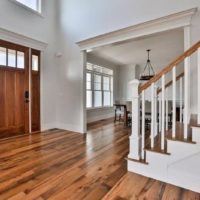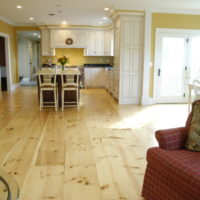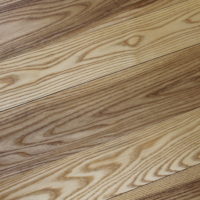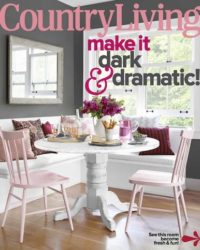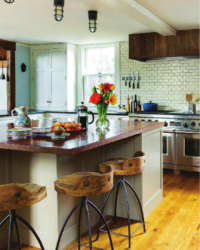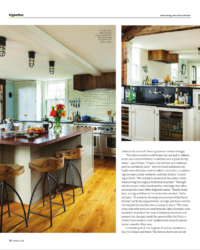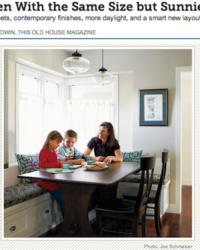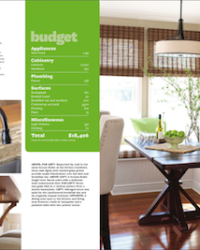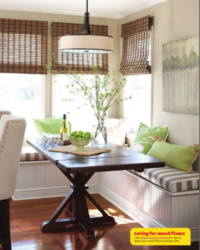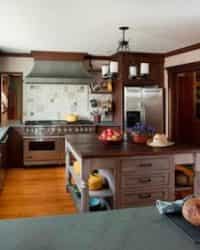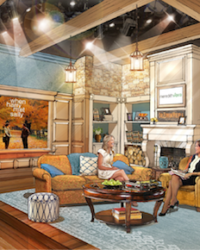Description
For decades Southern yellow Heart pine flooring has been a best seller for Bingham lumber. Commonly referred to as heart pine, old growth pine and hard pine, it’ is known for its strength and beautiful vertical grain patterns. Heartwood is prized because its tight grain means it is stronger and more stable thus making it an excellent flooring option. As it ages the wood transforms into a rich, golden-red color thanks to the resin.
Origins of Southern Yellow Pine:
Before the American Revolution, longleaf pine…the source of heart pine…dominated the landscape in the South. Once the largest continuous forest on the North American continent, the longleaf forests ran along the coastal plain from Virginia’s southern tip to eastern Texas.
Where there was once approximately 60 million acres, less than 10,000 acres of old growth heart pine remain today. Put another way, what was once 41 percent of the entire landmass of the Deep South now covers less than 2 percent of its original range. The hardwood trees had been growing for centuries, producing only an inch of growth in diameter every thirty years. It takes up to 500 years for heart pine to mature.
As the United States was formed and began to grow and prosper, settlers quickly discovered the immense value of the tall and slender hardwood trees. Because of its strength and durability, heart pine was declared the “King’s wood” for shipbuilding when America was first colonized. As settlers moved southward, original growth heart pine was steadily logged and was used for log cabins in the 1700s and 1800s, and later for the construction of fine Victorian homes, hotels and palaces. Heart pine once framed four of every five houses in the Carolinas, Georgia and Florida, floored Thomas Jefferson’s Monticello and Washington’s Mount Vernon, and was the reinforcing wood used for the keel of the USS Constitution (“Old Ironsides”).
Today, original-growth heart pine is as rare as sunken treasure, with less than 10,000 protected acres of original-growth Longleaf Pine forests remaining. Antique heart pine and heart cypress timbers are revered for their rich history as much as their beauty and durability. Sadly, clear-cutting of the vast southern forests in the late 1800s wiped out virtually the entire range of original-growth heart pine and heart cypress trees. The only place to find the last vestiges of this antique wood is reclamation from old buildings or where it was left behind–under water in the southern rivers used by many timber operations in the 1800s to raft their logs to nearby sawmills.
- Clear Coat On Old Oak
- Clear Coat on Old Pine
- Provincial Golden On Old Oak
- Provincial Golden on Pine
- Light Walnut on Pine
- Light Walnut on Oak
- Chestnut Brown on Oak
- Chestnut Brown on Pine
- Brown Cherry on Pine
- Brown Cherry on Oak
- smokey walnut [oak tables only]
- Antique Walnut on Oak
- Antique Walnut on Pine
- Thundercloud Gray Oak only
- Driftwood: Oak only
- Black wash on Oak
- Black wash on Pine
- Custom Match + $175
- Old Pine: Very Rustic texture with sawmarks
- Chestnut. Call for availability
- Old Oak: Smooth Texture
- Old Pine: Medium texture
- Old Pine: Rustic texture with
- Old Pine:Smooth texture
- Old Oak: Medium texture
- Very Rustic Pine No Sawmarks
- Very Rustic Oak – Unfinished
- Barn Red
- Bayberry
- Bayberry & Half Bayberry
- Black
- Black & Taupe
- Black Wash
- Color Samples Available
- Federal Blue
- Half Bayberry
- Half Lexington Green
- Half Slate
- Half Tavern
- Half Tavern & Tavern
- Lexington green with glaze
- Marigold
- Multi Color Rub thru Any 2- 3 colors
- Mustard
- Mustard & Marigold
- Oyster White
- Oyster White & Snow White
- Pumpkin
- Salem Red
- Slate
- Snow White with rub thru
- Soldier Blue
- Taupe
- Half Tavern
- White Wash
- Zinc With Black Wash
- Zinc Top Kitchen Island
- Zinc Top Nightstand
- Zinc Top End Table
- Zinc With Dark Golden
- XR Trestle Pine:$750 / Oak: $850
- Double Column Trestle Pine:$850/ Oak: $950
- Half Moon Trestle
- Hybrid Trestle
- Mission Trestle
- Original Trestle Pine
- Vineyard Trestle
- Venetian Trestle
- Vermont Trestle
- Original Trestle
- X Trestle
- Provence Trestle
- Tuscan Trestle
- Roma Trestle Pine
- Monterey Pedestal
- Phoenix Pedestal
- Venetian Pedestal
- Tuscan Pedestal
- Tiered Venetian Pedestal
- Tiered Tuscan Pedestal
- Cottage Pedestal
- Double Tuscany Pedestal
- Empire Pedestal
- Phoenix Pedestal with square top
- Cabriole Legs
- J-Cabriole Leg
- Leg With Color Rub Through
- Tapered Leg
- Turned Legs
- Very Thick Turned Leg
- 1 Drop Leaf
- 1 Inch Bread Board Ends
- 1 Inch Thin Top
- 2 Inch Thick Top
- 4 Inch Bread Board Ends
- Custom Height
- Custom Moldings & Medallions
- Drawer
- Drop Leaf Ends
- 18 Inch Extensions
- Metal Bases
- Multiple Drawers
- No Bread Board Ends
- Routered Edge
- Saw Marks
- Shelf
- Square Edges
- Extra Wide (3) Board Top
